On my summer of 2020 supposed-to-be-quarantining-but-fuck-it-let’s-go-on-another-golf-trip golf trip up to Greywalls to play with the only people who are true enough of believers to try and walk Greywalls, my traveling golf buddy Bob and I decided that we needed to check some boxes off at Boyne Highlands. I had played the Heather but not the Ross or the Hills, he had played the Ross but not the Hills or the Heather. Because I couldn’t get us on Belvedere in the window of time that we had, I scheduled rounds for us at these three Boyne Highlands courses.
I have to admit, it’s difficult for me to get too excited about an Arthur Hills course. Although there are some that I like (like Shepherd’s Hollow, which I think is the best public course in southeastern Michigan), I don’t think that I’ve played one that didn’t have some poor routing choices, bad shaping, and/or stupid holes. But I try to keep an open mind and I’d heard that the Boyne Highlands course was one of his best. Looking at the course on Google Maps wasn’t reassuring—it looked like the holes were scattered across the whole greater Harbor Springs area. But it certainly wouldn’t be the first unwalkable course in northern Michigan and several of them are still quite good.
The course gets off to an excellent start. In fact after about four holes, I thought that I might be playing the first excellent Arthur Hills course out of the few dozen that I’ve seen. The first hole is reminiscent of the first hole at the—alas, much better—Forest Dunes. It’s a medium length par 4 with a wide fairway that gently doglegs right to a green that opens up from the left. It’s a good template for an opening hole.
I have to admit, it’s difficult for me to get too excited about an Arthur Hills course. Although there are some that I like (like Shepherd’s Hollow, which I think is the best public course in southeastern Michigan), I don’t think that I’ve played one that didn’t have some poor routing choices, bad shaping, and/or stupid holes. But I try to keep an open mind and I’d heard that the Boyne Highlands course was one of his best. Looking at the course on Google Maps wasn’t reassuring—it looked like the holes were scattered across the whole greater Harbor Springs area. But it certainly wouldn’t be the first unwalkable course in northern Michigan and several of them are still quite good.
The course gets off to an excellent start. In fact after about four holes, I thought that I might be playing the first excellent Arthur Hills course out of the few dozen that I’ve seen. The first hole is reminiscent of the first hole at the—alas, much better—Forest Dunes. It’s a medium length par 4 with a wide fairway that gently doglegs right to a green that opens up from the left. It’s a good template for an opening hole.
The second hole is a very nice short par 4 where you can go at the green over a waste bunker to the left or play a safer shot that results in a poorer angle out to the right. The carry isn’t too demanding but when you get to the green, you’ll realize the importance of leaving yourself your preferred yardage—the green is small and slopes away to the back.
Three is a very interesting par 5. The tee shot plays diagonally (left-to-right) over a waste bunker and the green is probably reachable if you hit a long drive that skirts it. The next shot is one of the more interesting lay-ups that I can think of on a par 5. You can play short of a complex of bunkers to the right that is clearly well short of the green or you can carry another bunker on the left to a tighter stretch of fairway on the left that runs to the green. That’s enough to make it interesting but once you see the green, you’ll realize that there’s an additional trade-off. The green is deep and skinny and the angle opens up to the right side of the fairway. But if you lay-up here—which is the easier task—the approach is also blind over the bunkers. The lay-up left results in a clear look at the green, but with a worse angle. The sweet spot is right in the middle; if you go between the right edge of the left fairway bunker and the left edge of the further right one, you'll have a good angle and a partial view of the green. This is one of the better par 5s in Michigan.
The fourth is a medium length par 4 that doglegs gradually left around a pond but the fifth, a long par 4 cut through an old red pine plantation is. Not for the tee shot, which is pretty wide open, but for the green complex—a rarity for Arthur Hills. It’s a good thing that it’s wide open off the green because the green is hard to hit. It’s slightly elevated and there’s a bunker to the left, but the most interesting thing is the collection area that runs from the front right of the green around the back. While there’s a safe miss to the front that allows for an easy bump-and-run, anything missed right or long leaves a very difficult shot of at least 50 feet up about a 5 foot hill. The edges of the green are concave so as long as you get it to the putting surface, it won’t come back to your feet. But like Pinehurst #2, which is always my reference point for collection areas around greens, this hole leaves you a safe place to miss but leaves you a very awkward shot if you get too aggressive.
Although the distances between them are unnecessarily long, the next two holes, a par 5 and a par 3, are very pleasant. Through the first seven holes, the terrain and holes here reminded me a lot of Tullymore just north of Grand Rapids, but far less awkward and really, quite good. But the course starts to get more difficult with the dogleg right par 4 eighth. There’s a huge waste bunker the runs down the left for most of the length of the fairway to the green but because it’s the lowest point in the area, it had become a pond, making the approach to the green unintentionally difficult (you can still see the shaping of the bunkers to the left, but they’re completely flooded).
The unnecessary difficulty continues at the ninth, a medium length par 3 to a green that’s about 25 feet wide, sloping down a hill into moguls on the left and into a wetlands on the right. It’s even tougher from the back tees, which are at about 215 yards and shift the angle to the right so that the green is shallow.
The next few holes have quite a few severe features, including more greens built up too high above their surroundings. This is an issue at the tenth, which is fairly open off the tee but whose green is elevated about 10 feet above its surroundings on a plateau of short grass. There should be enough width, but it makes for a very intimidating shot and a miss wide right or left creates an opportunity for a back-and-forth X.
The eleventh is a very difficult, but interesting par 5. Though the fairway is wide, you need to hit a solid drive that skirts the bunker on the left because if you don’t, it will be difficult to clear the fairway bunker carved into the hill on your second, about 110 yards short of the green. The hole gets quite narrow as you approach the green, which is built up above woods on both sides, but at least the slope up to the green from the chipping area on the right is a bit more gradual and the plateau isn’t as high as on the previous hole.
Twelve is a medium length par 4 fitting the theme of the recent holes: wide-open fairway, uphill approach to a narrow green. After about a 250 yard uphill cart ride through the woods, we get to the par 5 thirteenth, which is featured in all of the course’s promotional material. It’s probably 100 feet downhill from the tee to the fairway, then probably another 50 or 60 down to the green. Marketing value aside, it’s a good hole because the fairway is wide enough, but you can still get in trouble if you try to shorten the hole by going down the left side. Off a good drive, you’ll have a good chance to go for the green in two and while there isn’t a good way to run the ball up onto it, you might be able to fly it there.
The fourteenth is a beautiful medium length par 3 to a green nicely sited on a ridge. But the drop off to the right is too severe—if you miss here, the ball will run down a 20 foot hill, 20 yards away from the green. The medium long par 4 fifteenth is very good, doglegging right around a long fairway bunker that you’ll either want to skirt or carry. The more of it you can carry to the right, the shorter approach you’ll have and with a better angle. If you pull your tee shot, you’ll be blocked by a tree just left of the fairway and have to play around the bunker at the front left of the green.
While they’ve been too severe occasionally, most of the holes to this point have been very good. Unfortunately, that isn’t true of any of the final three holes. The par 3 sixteenth plays up the other side of the waste bunker-cum-pond from the eighth hole. It’s all sand near this green, but it’s unimaginative and the shaping around the green is overdone and ugly—more 80s/90s Arthur Hills than the 00s Arthur Hills of the rest of the course.
The seventeenth is a split fairway par 4 that makes no sense. A bit like the tenth at Forest Dunes, it’s almost like the two fairways are two separate holes—especially because this one has a separate set of tees for each fairway! I don’t understand what they were trying to do here because it doesn’t seem like the approach to the green is very different from either side. If they let the right side fairway go fallow and become a nice meadow, it wouldn’t be a great hole, but at least it wouldn’t be so inexplicable.
The last hole is a very difficult par 5 which ends on a bit of a cliche—a second shot where you can go for the green over a pond left or lay-up out to the right, where the closer you hug the pond, the shorter a third shot you’ll have. The lay-up here is visually confusing because of several bunkers around the landing area and the large reeds growing a long the pond.
Despite the poor finishing holes and some green complexes being a bit too severe, I liked the Hills course at Boyne Highlands. In fact, it’s almost the best Hills course that I’ve played in Michigan—although I think I’d have 1-18 at Shepherd’s Hollow slightly ahead because it’s more walkable and its worst holes are only borderline rather than outright stupid (The Links nine at Bay Harbor is better than both, but I haven’t played the Quarry nine). The opening holes are mostly very good and contain a lot of interesting strategy and shaping. I think that they could have toned down several of the remaining holes, but the bigger problem is the poor finish--fix the last two holes and now you have a course without serious weaknesses. Except, of course, for the routing, which they could have made more cohesive, with fewer long drives between greens and tees. But as is typical for northern Michigan, everyone is going to ride a cart anyway, so there isn’t a much reason to bother (although the Heather next door is walkable…).
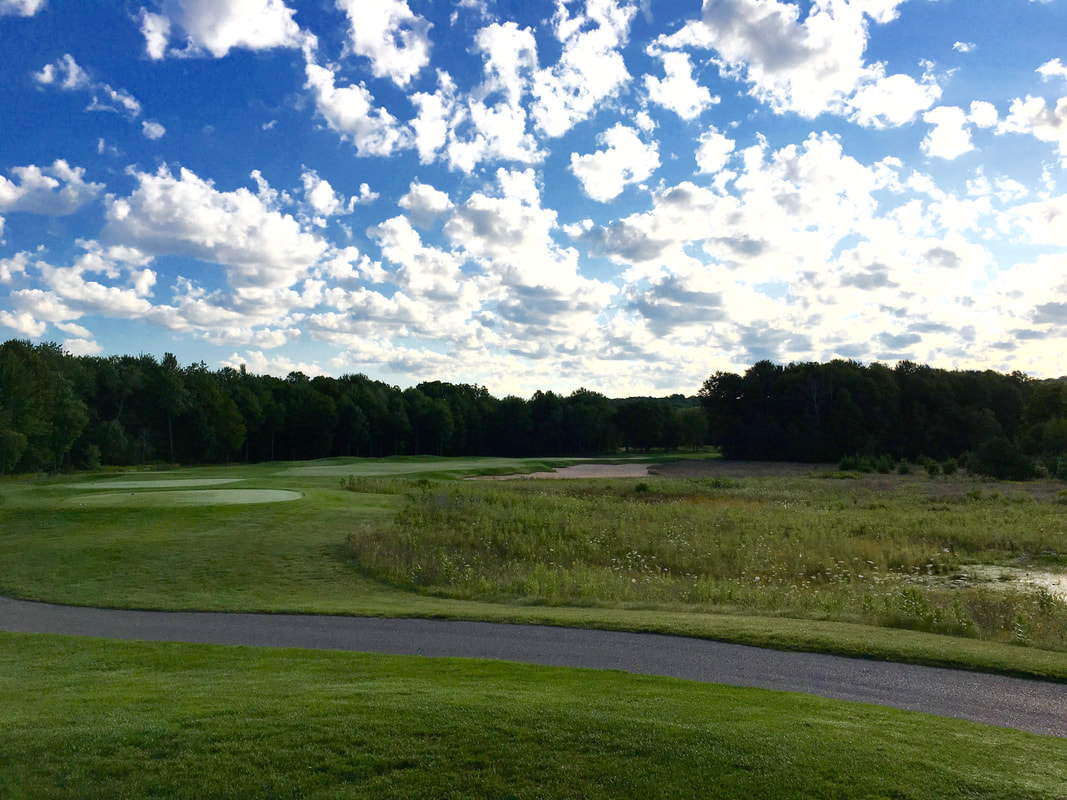
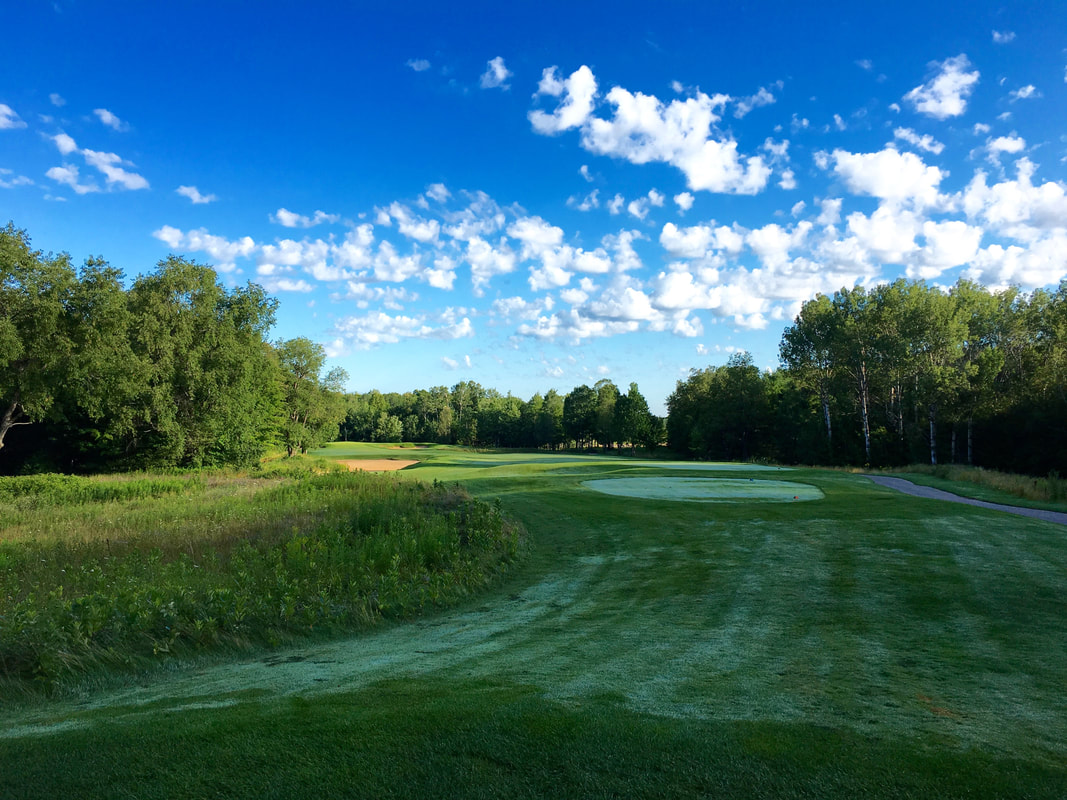
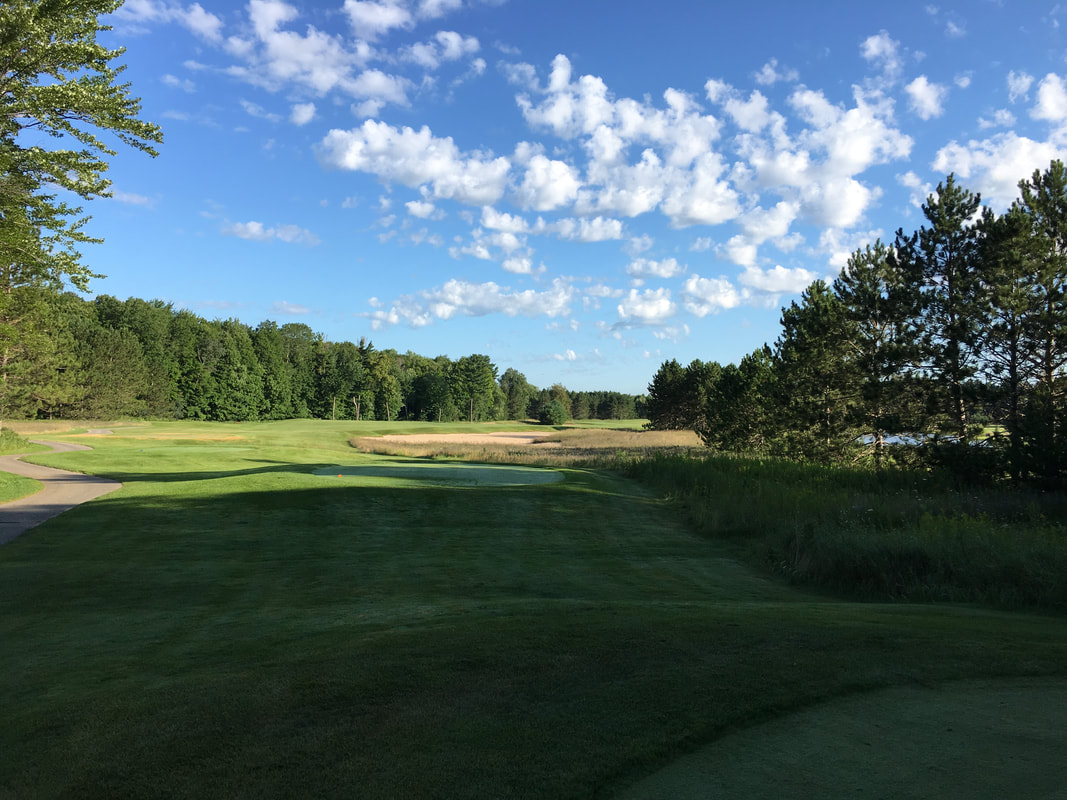
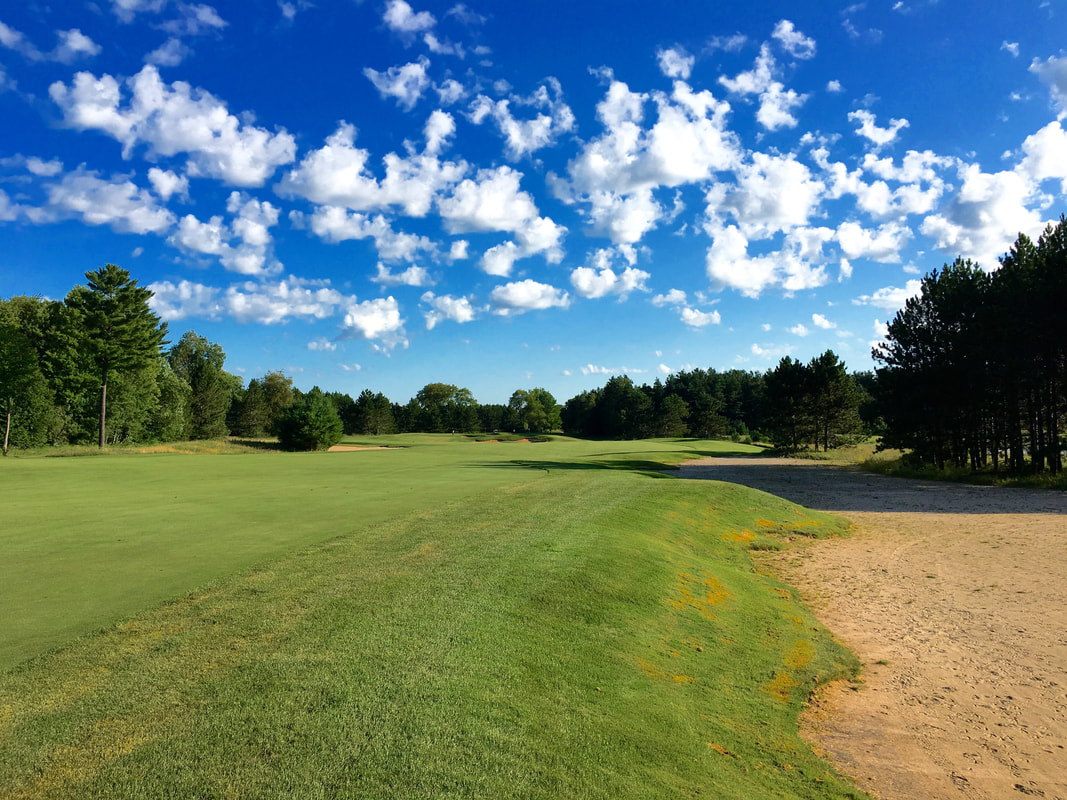
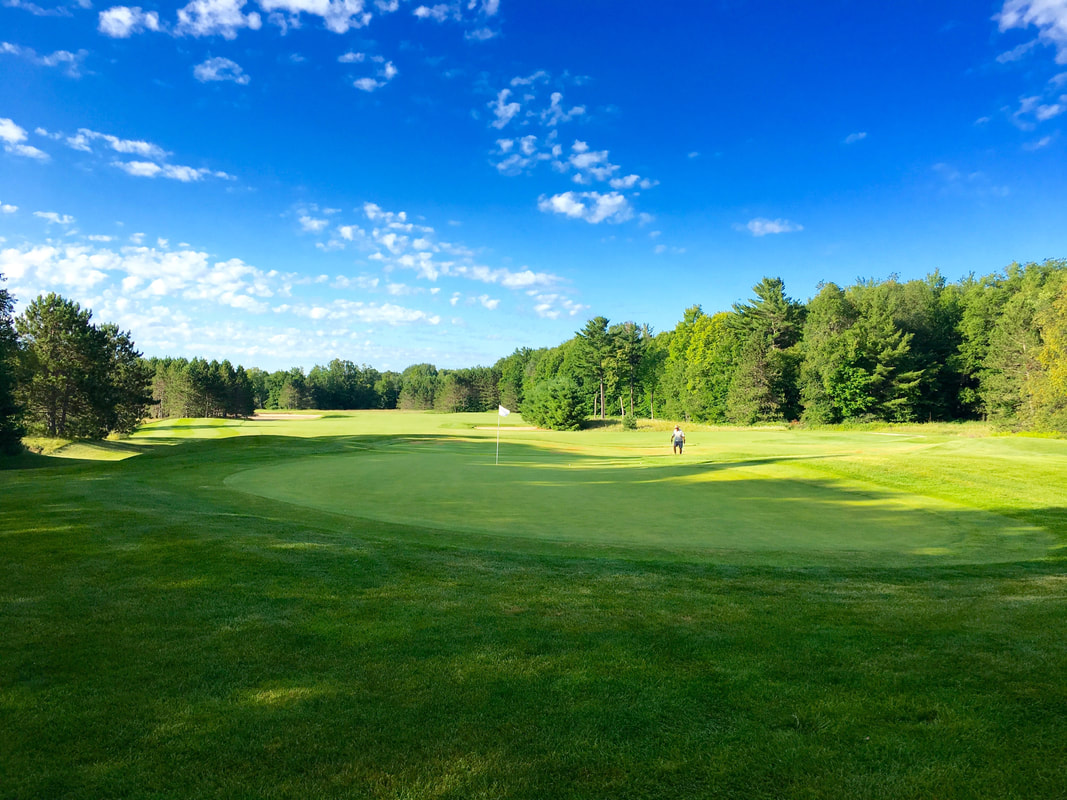
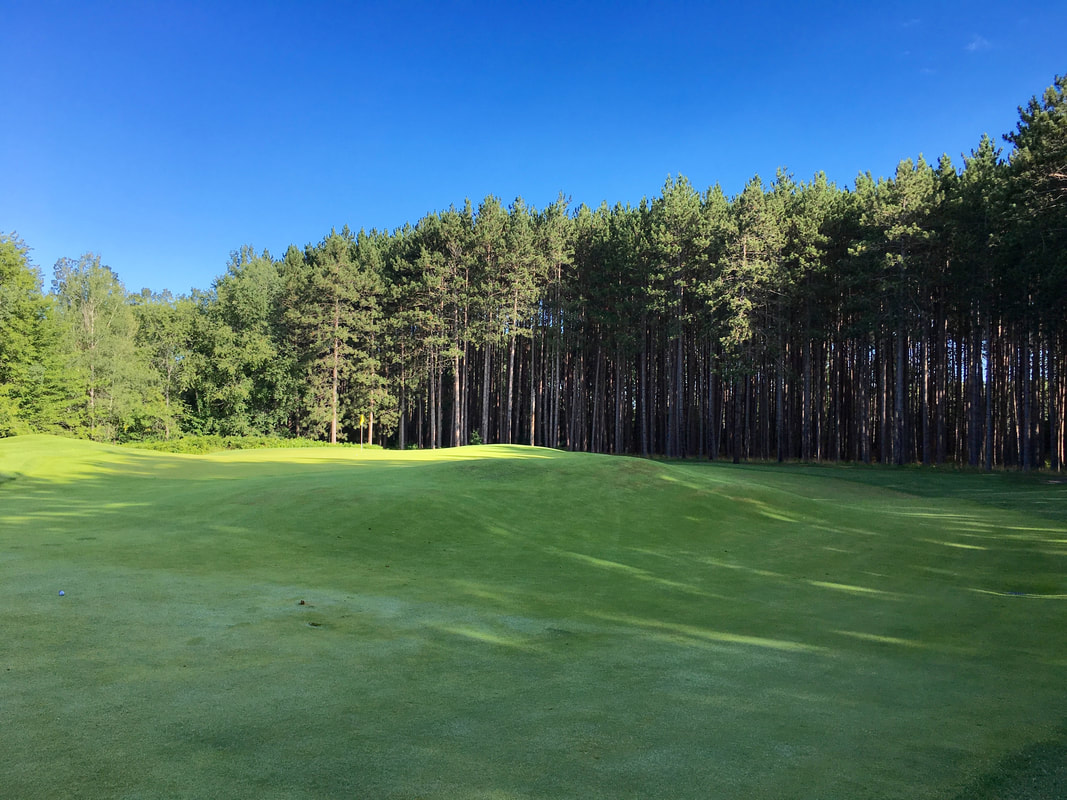
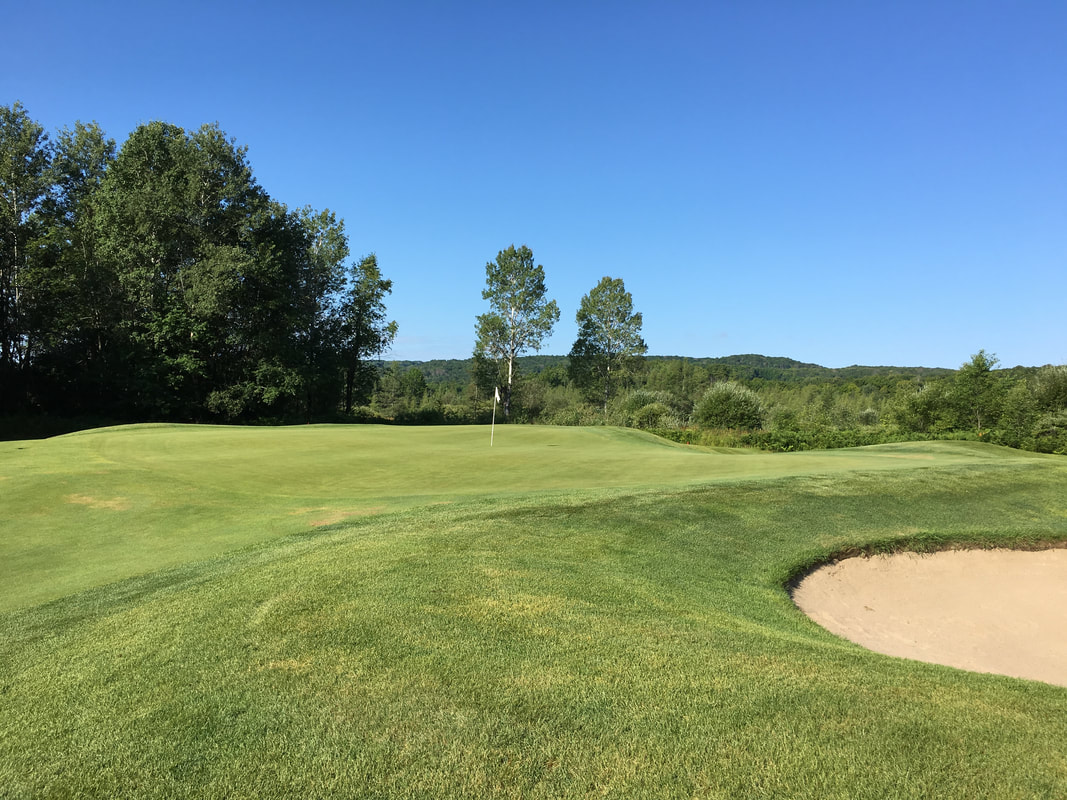
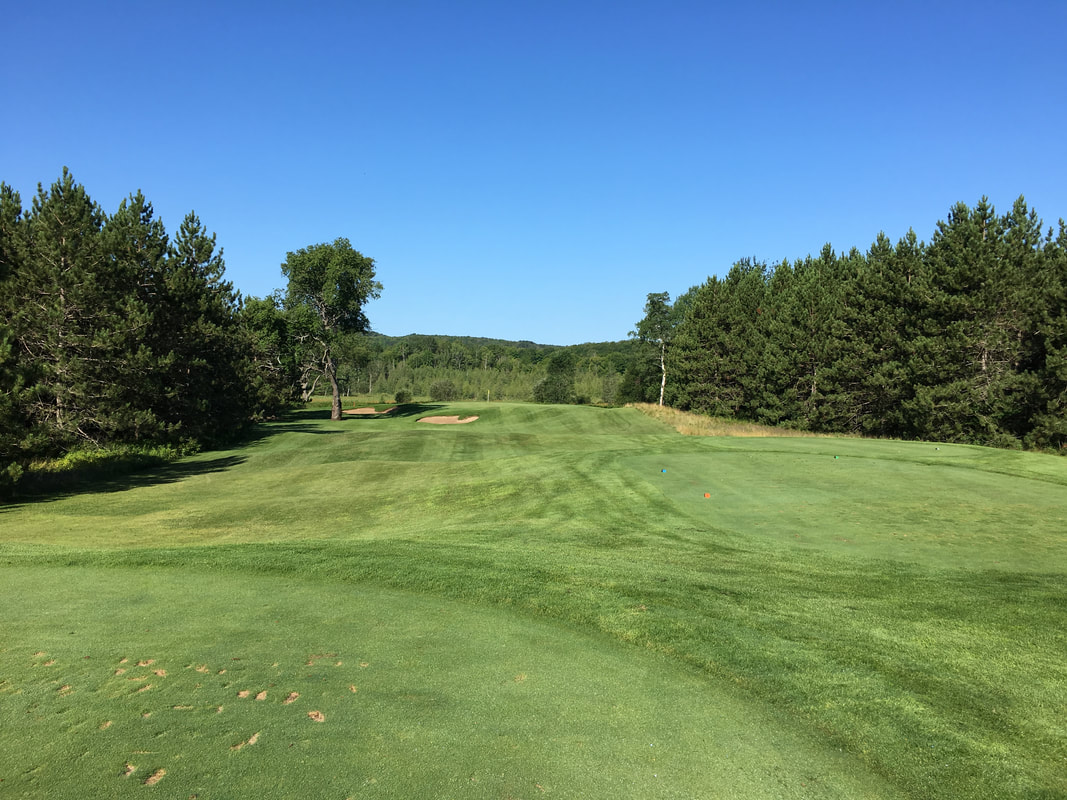
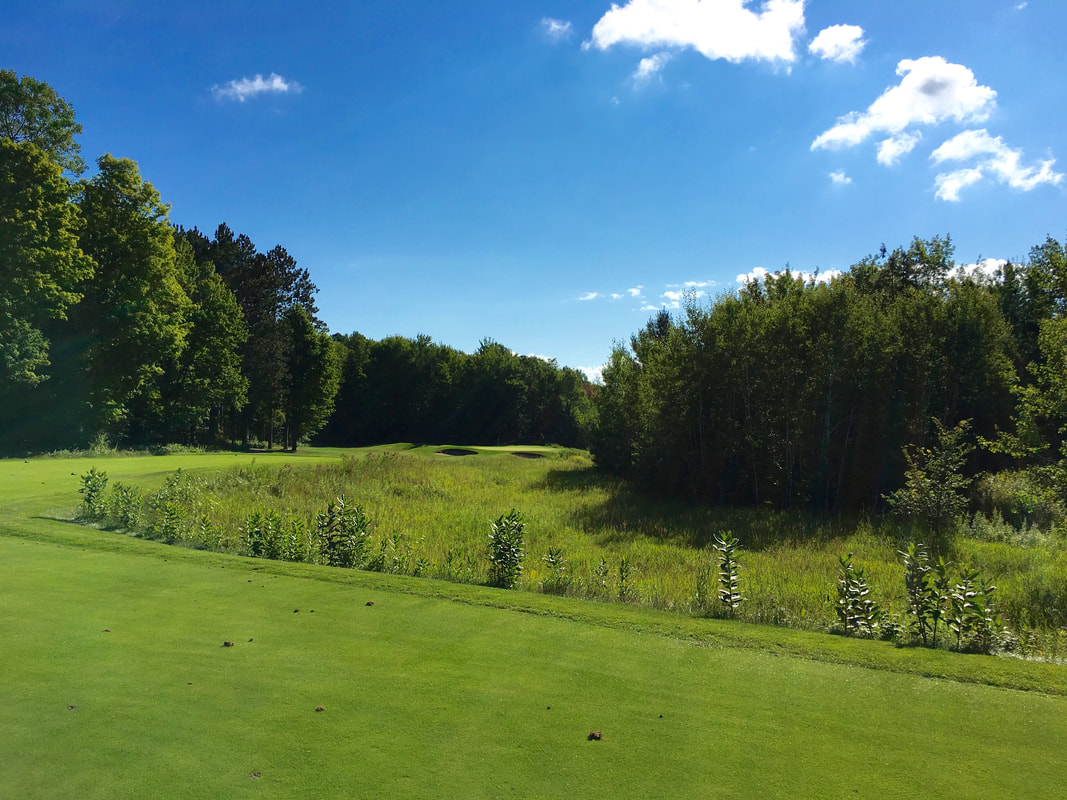
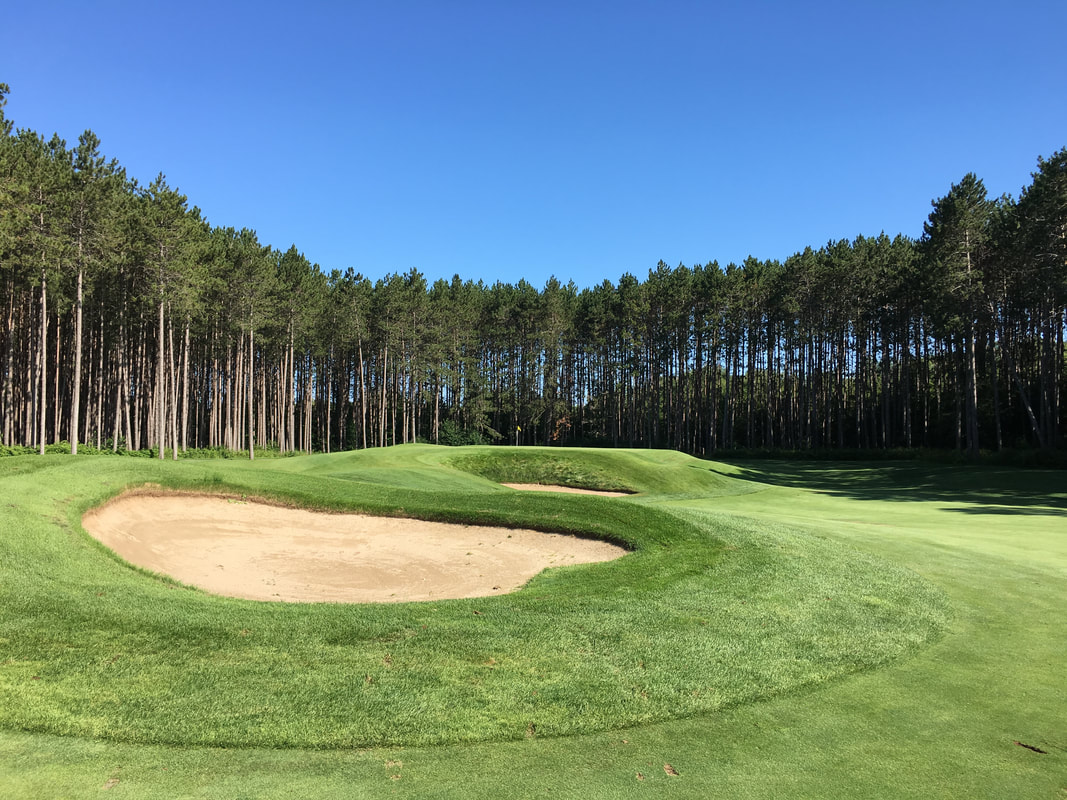
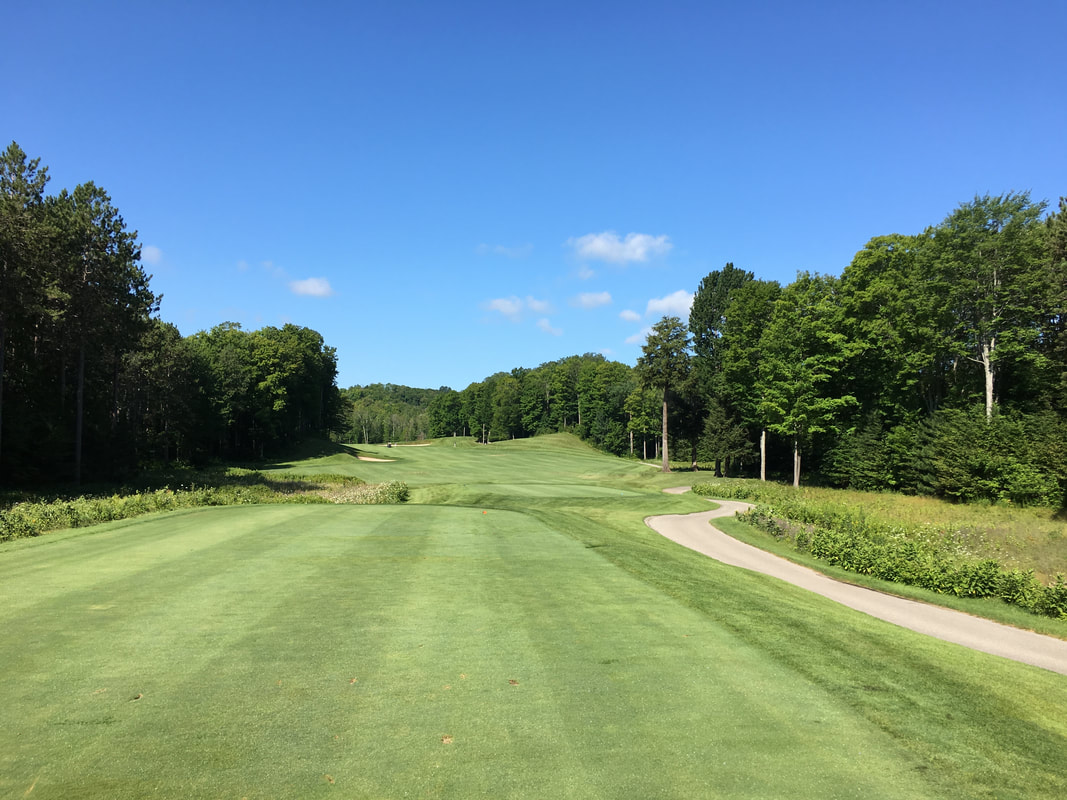
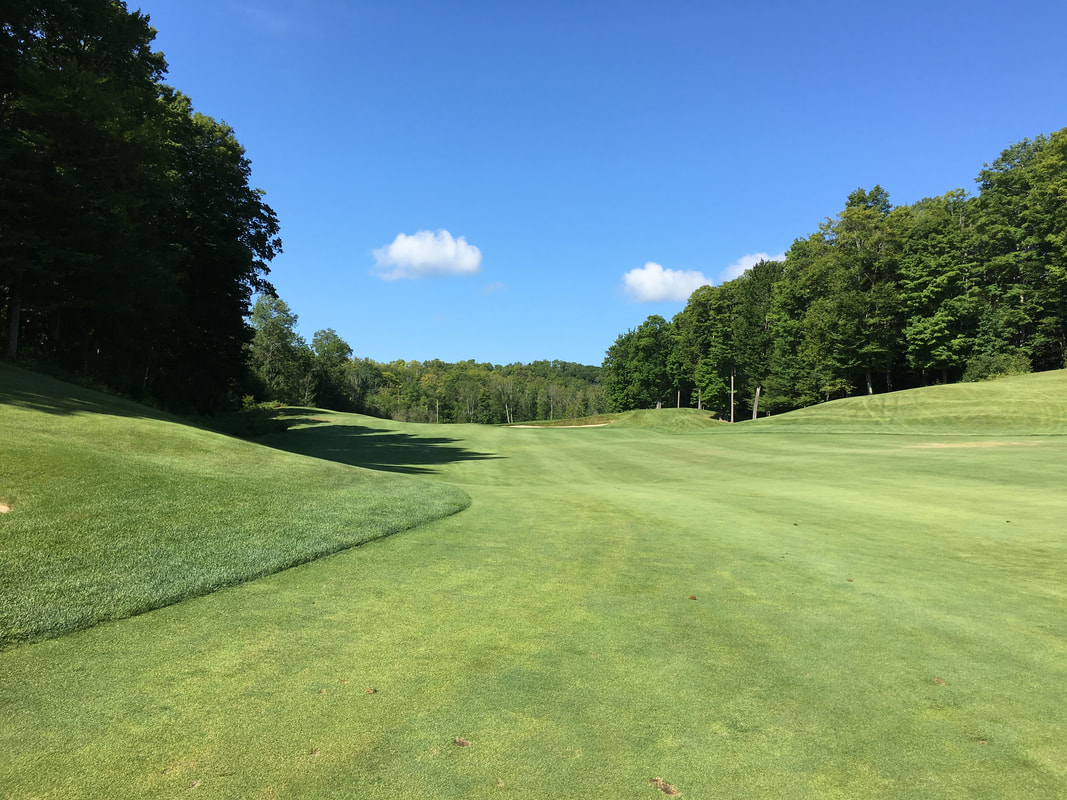
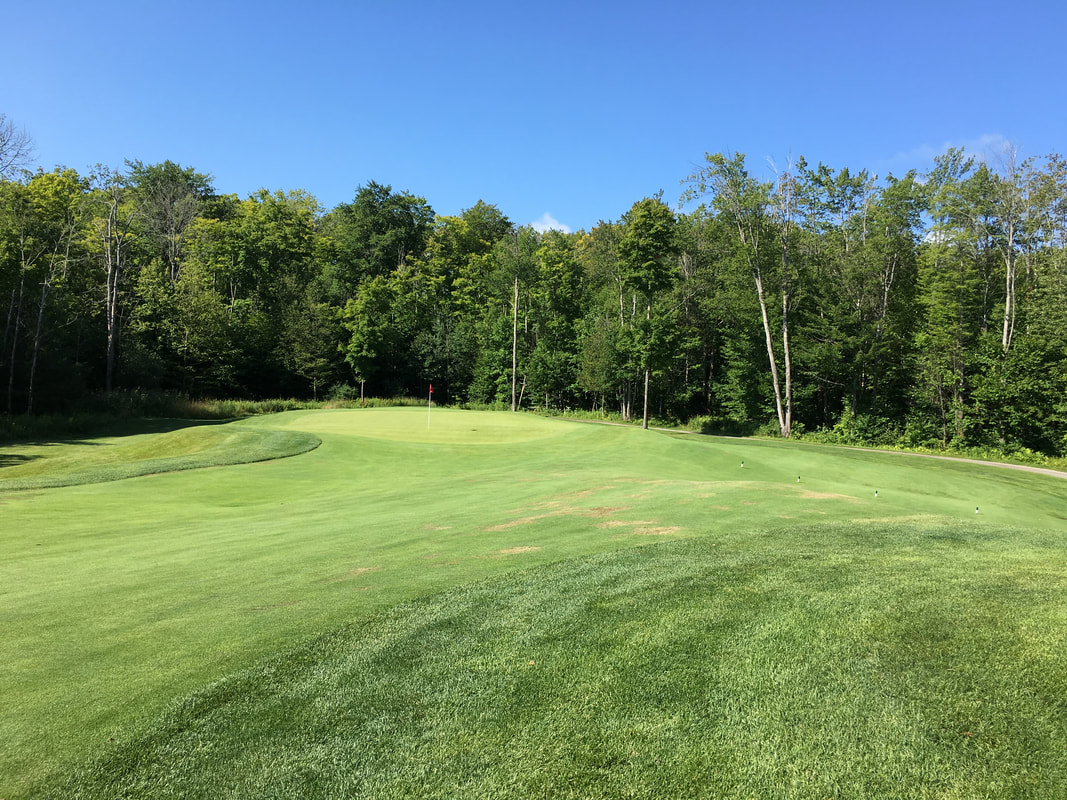
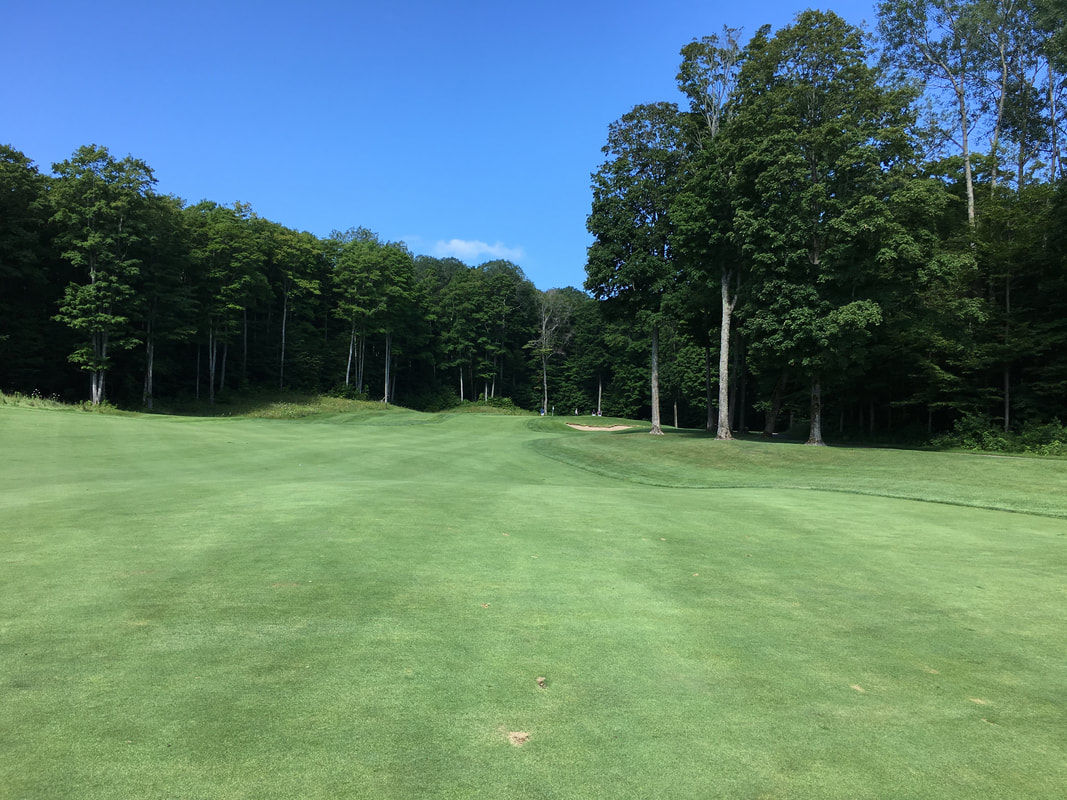
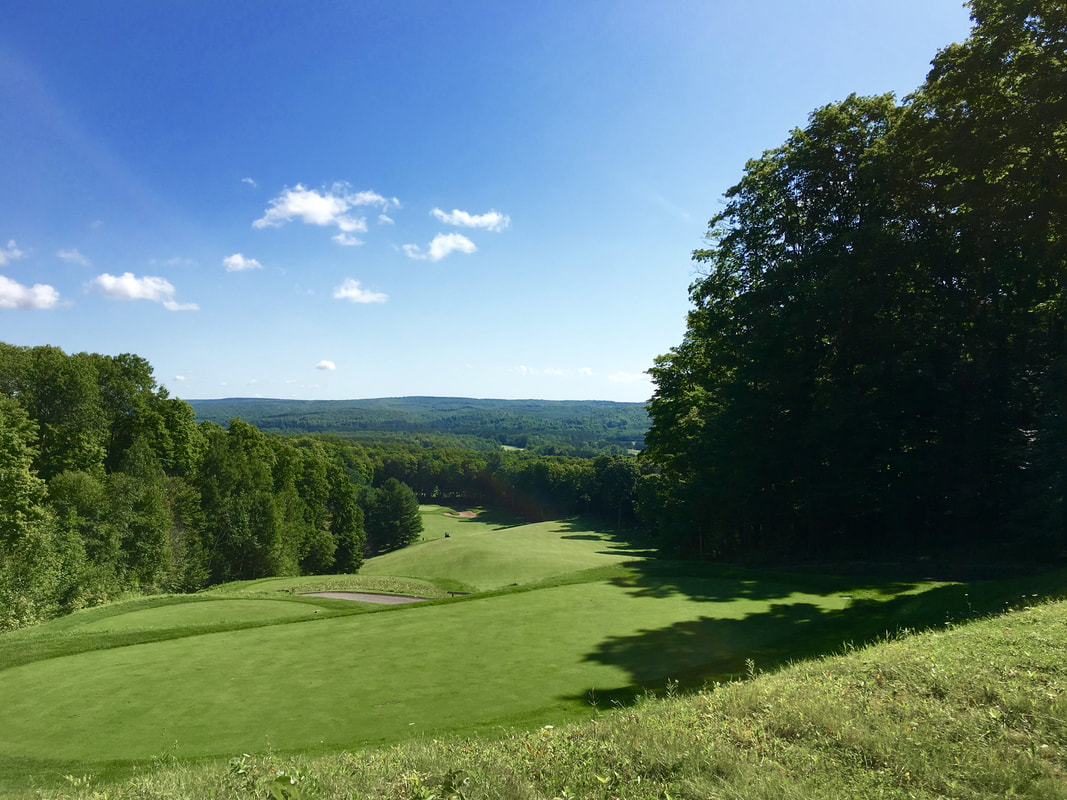
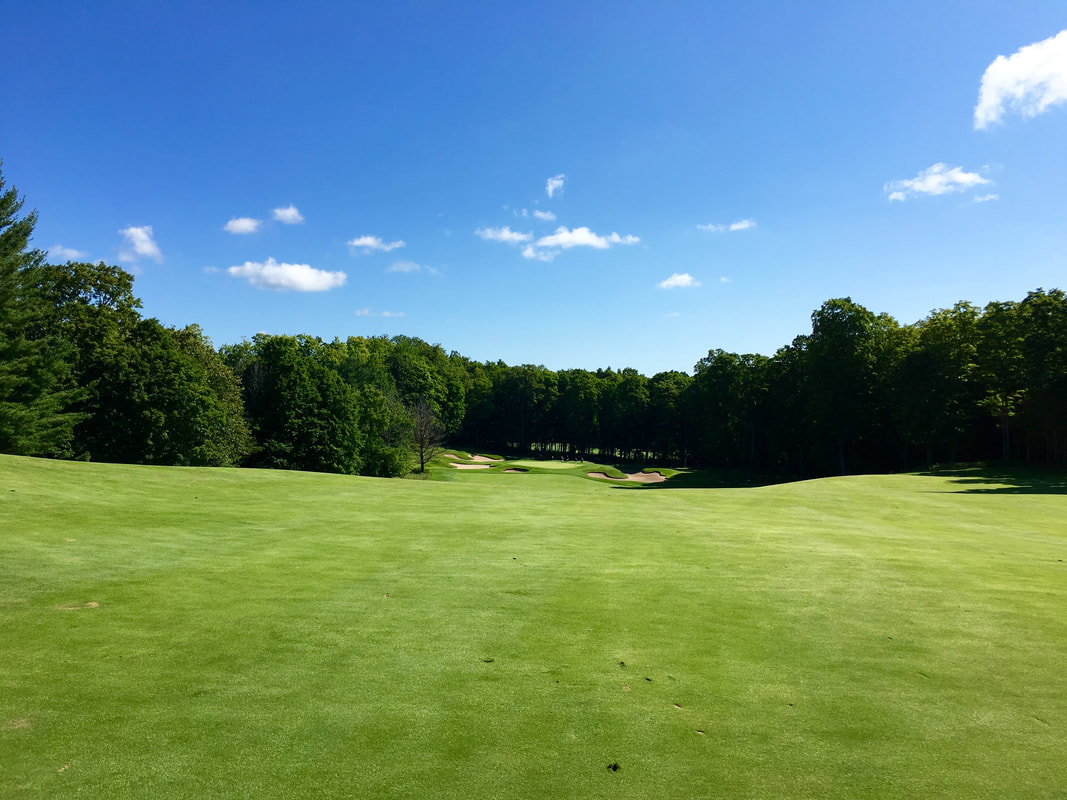
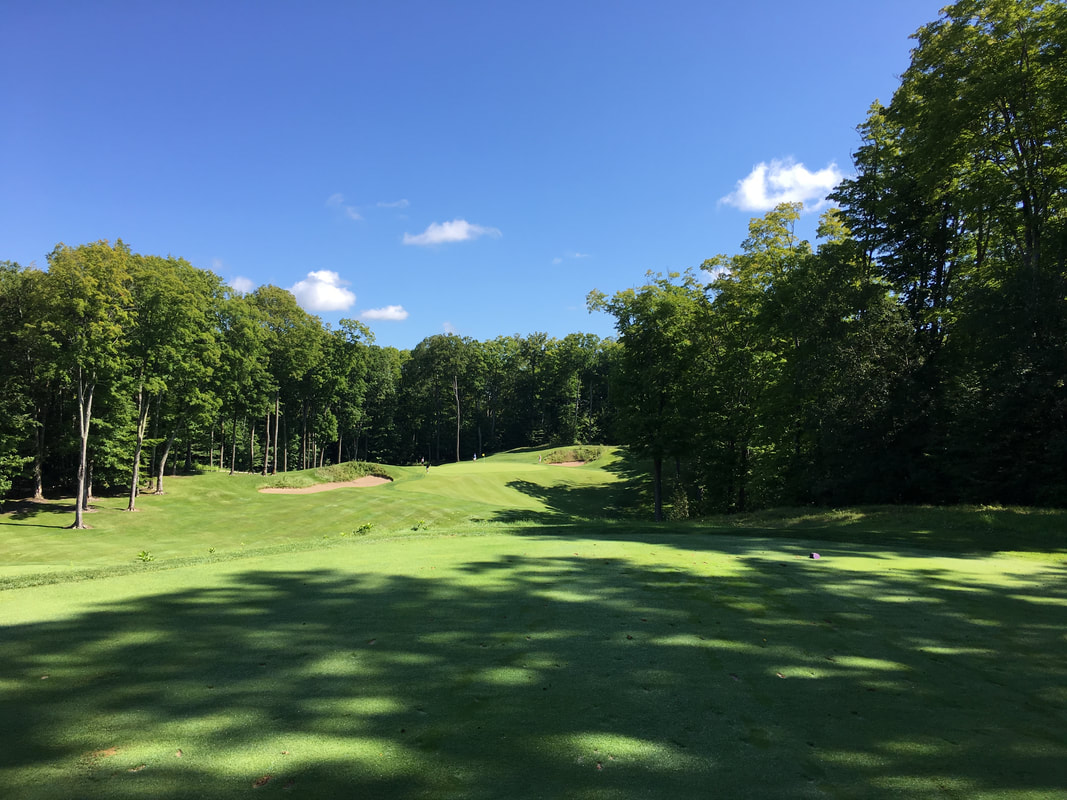
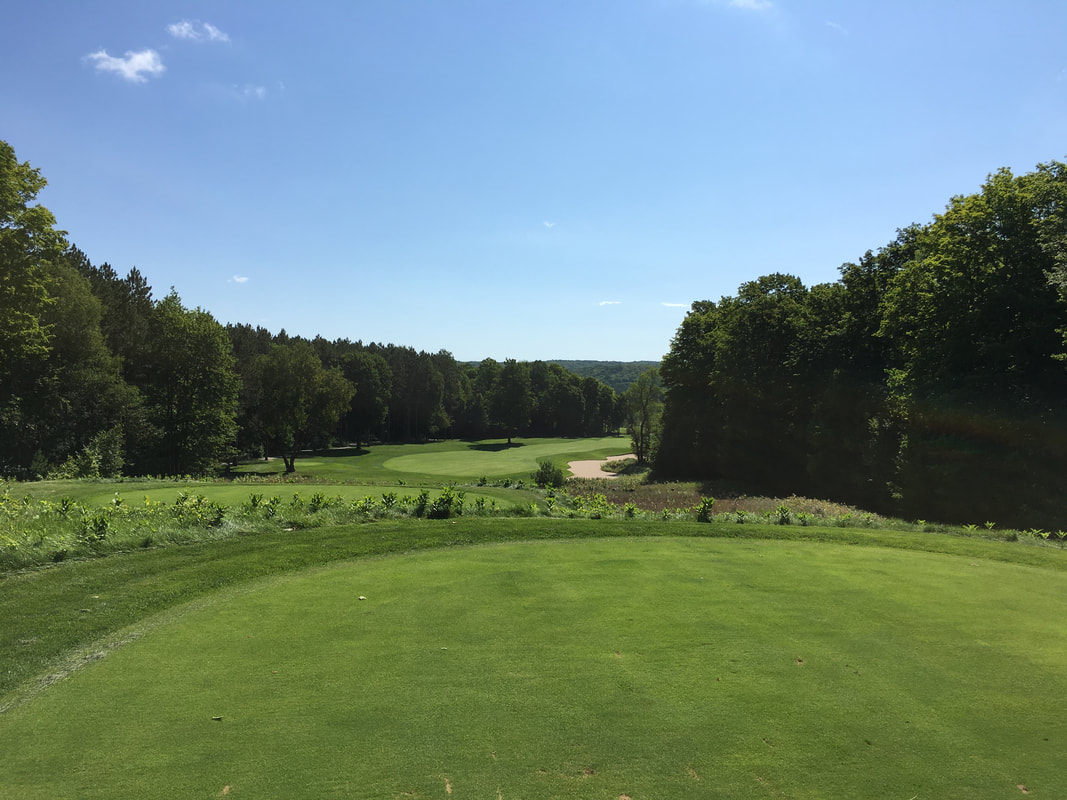
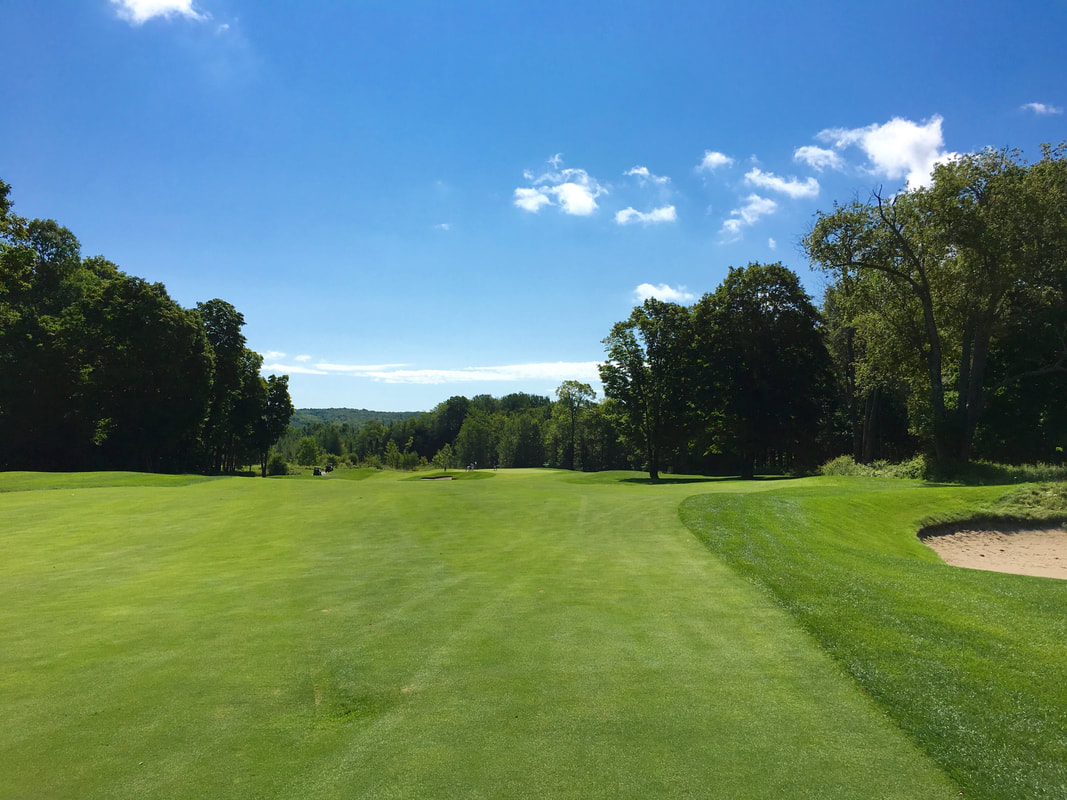
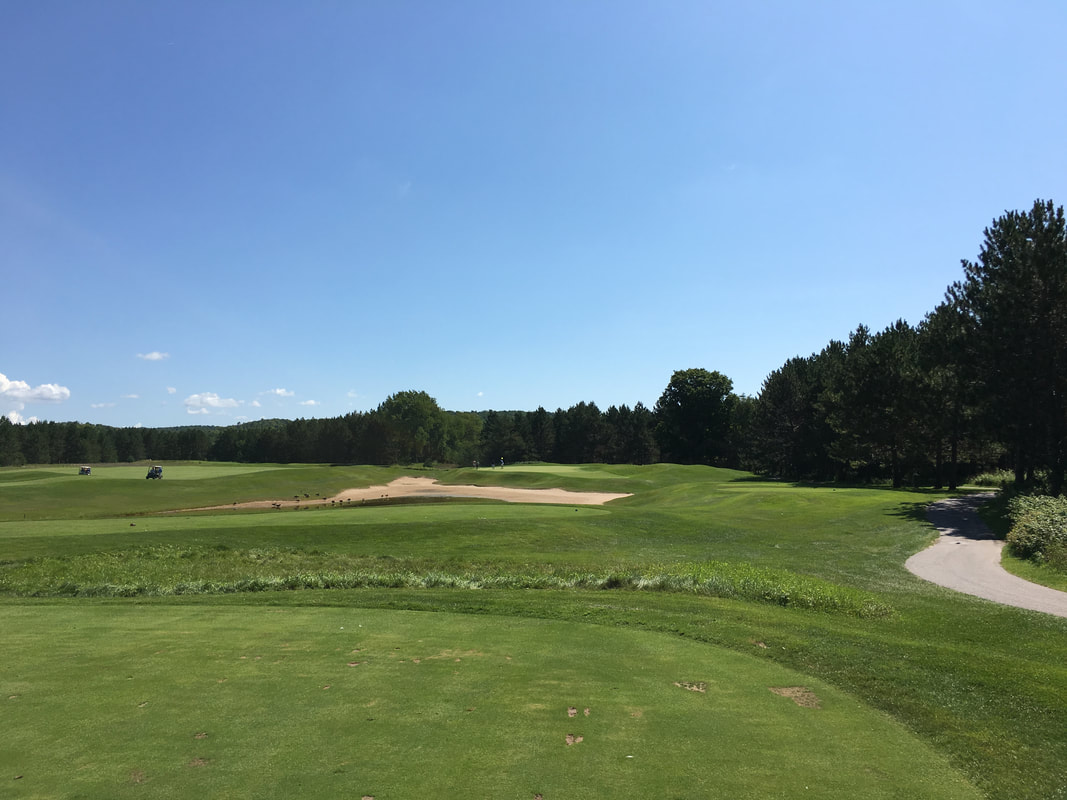
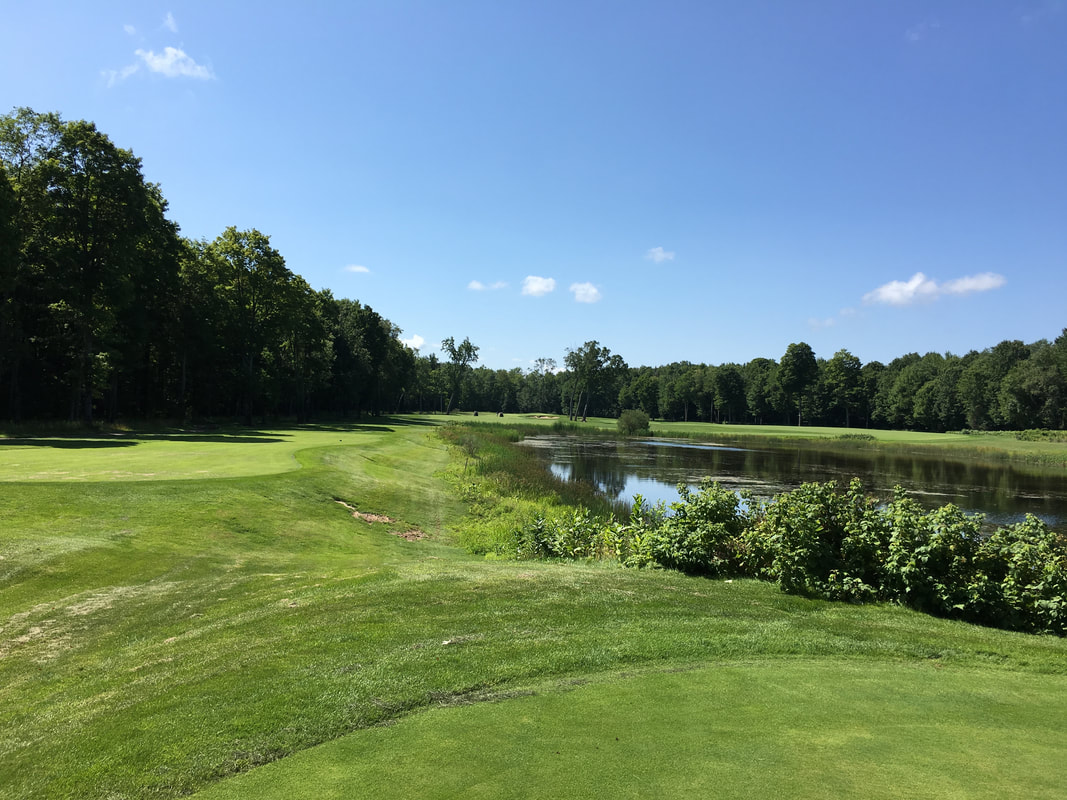
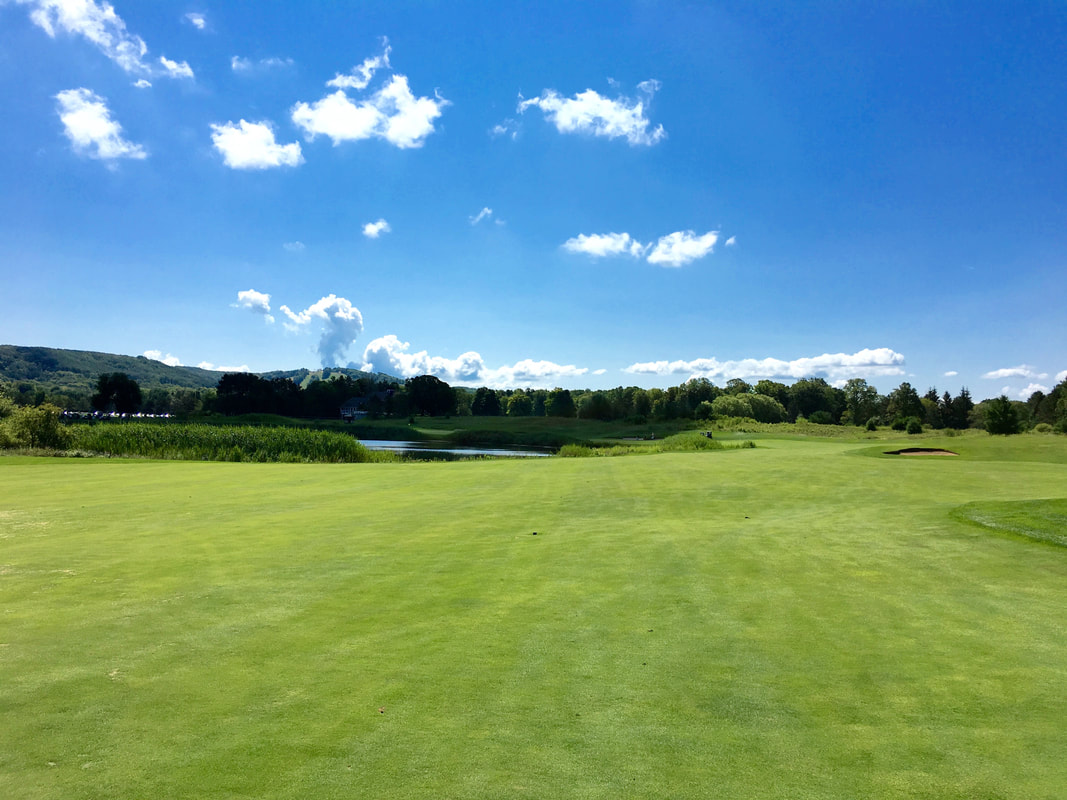
 RSS Feed
RSS Feed